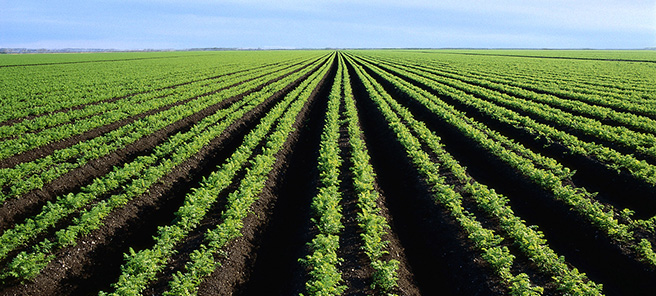Carrots are a major vegetable crop in Australia, ranking 5th in value of production. There have been significant genetic improvements in carrots in recent years, predominately the move to F1 hybrids which are much less sensitive to premature bolting at low temperature.
At optimal temperatures of 15-18C, yields can be 55 and even 70 t/ha. The lower threshold air temperature for carrot production is 7C. Low temperatures can reduce yields by 20% as well as increasing the risk of premature bolting. Conversely, increasing air temperature to 15-25C while roots are still at 15C can increase shoot growth at the expense of root development.
Higher day temperatures can be tolerated by carrots provided night temperature drops to 15-16C. New F1 hybrid varieties mean carrots can be grown in warmer climates, e.g. year-round production in coastal WA. However, sustained high temperatures (27-30C) can cause roots to develop abnormal shapes and have reduced colour development. Yields can be reduced by up to 30%.
Because carrot roots store photosynthate, it has been suggested that yield may be very responsive to increased CO2 concentration. Yield increases of up to 110% in the presence of double normal CO2 levels have been reported. However, these should not be seen as typical.
In a study in tunnels where temperature ranged from 7.5 – 10.9C, a 31% increase in root weight was observed when CO2 concentration was increased to 550ppm. On average, carrot yields increased about 34% for every 1C increase in temperature due to faster growth and development.
Another study found that carrot yield more than doubled with high CO2, although this research found the effect only occurred at temperatures over 12C. More work is needed to evaluate the effect of predicted changes in CO2 concentration and temperature on carrots.
